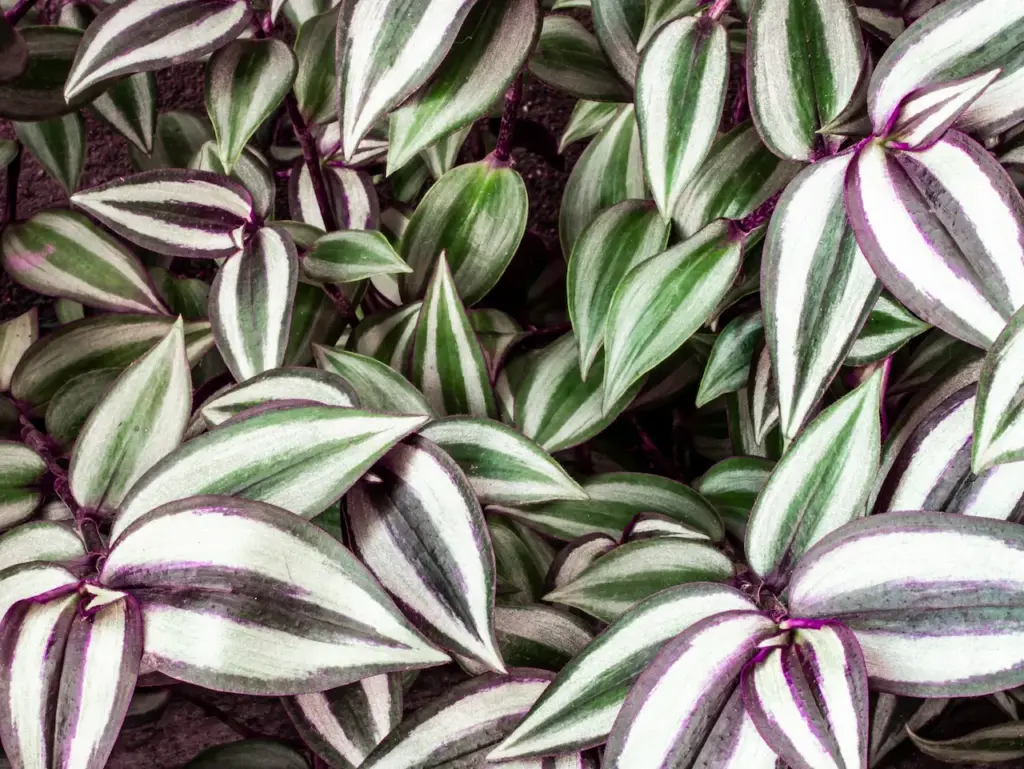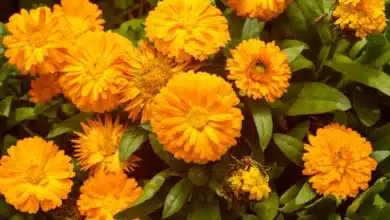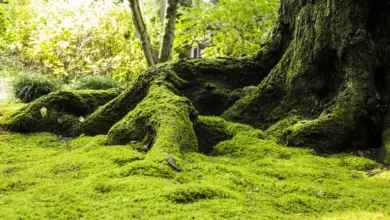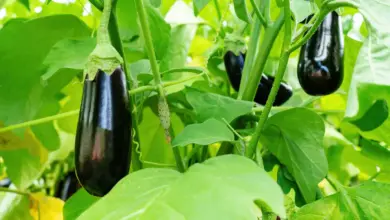Try Purple and Silver for a Fresh Flavor
It’s that time of year when we are both creating endless container combinations- each one unique. Always on the lookout for cool new plants and different combinations, I seem to find myself frequently drawn to purple; purple pots, purple leaves, and even purple flowers. The obvious color partner is chartreuse but while attractive that is rather predictable.
Now PURPLE and SILVER get my attention.
Going solo
Some plants have it all.
Butterfly bushes have a bad rap for seeding everywhere and are banned in several states. In WA they are still widely available although the sterile forms are gaining popularity. Lochinch is not sterile but it has never set a single seedling either in my garden or a neighbor’s. I consider myself very fortunate to be able to enjoy this beauty and watch the hummingbirds and butterflies coming to the feast.
Japanese-painted ferns bring a fresh color palette to the shade garden. Deep purple/burgundy veins with shimmery silver and grey feathers.
Two plants – two colors. Nothing else is needed; just delicious on their own. The purple fountain grass and Silver Mound wormwood are perfect. We have a similar combination in Fine Foliage (p. 52-53 ‘Purple Waves’)
The sculptural container repeats the purple but brings something extra. That glossy finish adds sparkle – an interesting contrast to the matte silver foliage of the licorice plant.
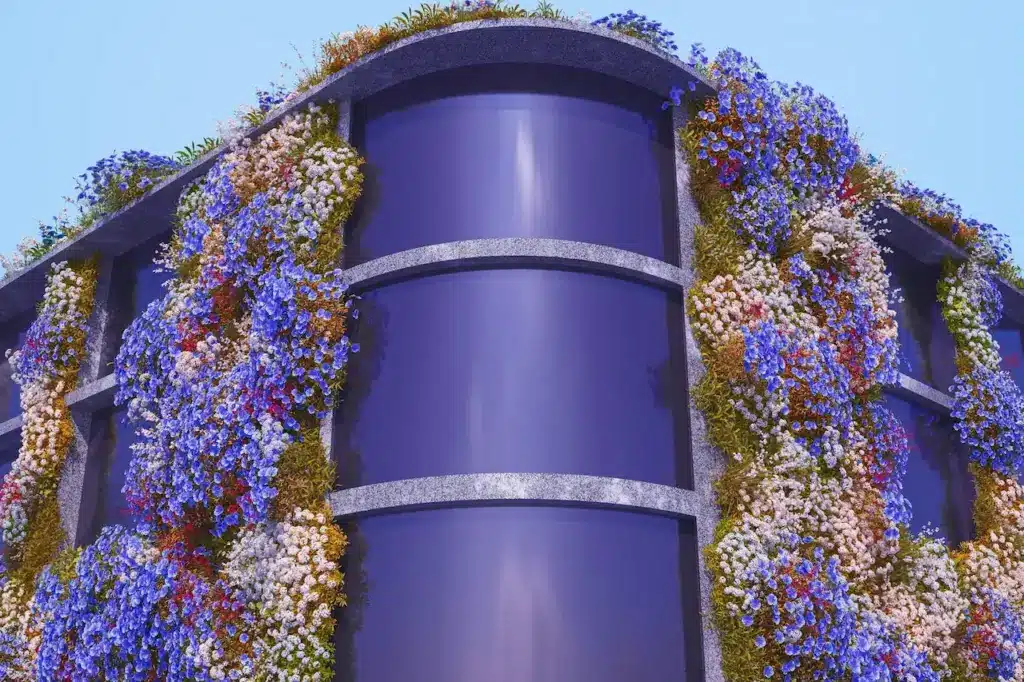
I’m trying this new sexy silver in several container combinations as well as a groundcover in a hot sunny garden – I’ll let you know how they fare in a few months but right now I’m entranced with it next to this moody sedum – a dusky purple with grey-blue undertones. I confess I’ve lost the tag for the sedum but will try and get an ID.
The purple shades from Rose Glow barberry (it is not invasive in the Seattle area), Xenox sedum, and heuchera are highlighted by the silver wormwood while the grey-blue conifer adds subtle depth.
Or what about adding in hot pink? Or copper? or bright orange? There are SO many possibilities, I could write a book………….now there’s a thought!
What would you add to purple and silver? Post photos to our Facebook page – we love to share your ideas with other foliage-alcoholics.

